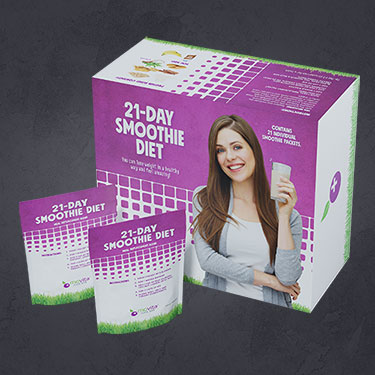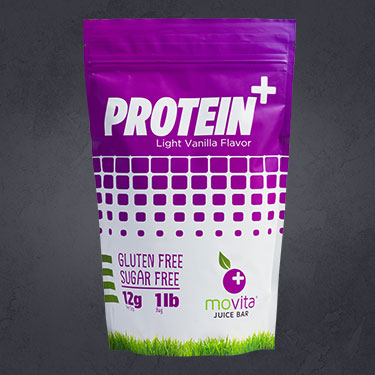
Despite the popularity of low carb, grain-free diets, grains of all kinds continue to be an important staple in our diets.
Did you know that whole grains are one of the highest antioxidant-containing foods? Grains are not only a great source of complex carbohydrate and fiber.
Whole grains are especially important in our diets, but enriched grains have a purpose, too. Whole grains contain more vitamin E, selenium, and fiber than their enriched counterparts. But enriched grains are a good source of B vitamins (notably thiamine, riboflavin, niacin, and folic acid) as well as iron.
Why eat them?
As mentioned above, whole grains may also be a source of antioxidants. For example, corn, rice, rye, millet, wheat, and barley are a source of anthocyanin- a water-soluble flavonoid found in blueberries and strawberries. Anthocyanin intake has been linked with a reduction in chronic diseases including cancer, dementia, and heart disease.
Whole grains, as part of a Mediterranean diet, may also offer some protection against heart disease. While an increase in high sugar/refined carbohydrates raises the risk of cardiovascular disease, an increase of 1 to 2 servings of whole grains per day lowers risks.
Where to buy them
The advice to shop only the perimeter of the store is simply outdated. In fact, most grains, with the exception of bread in the bakery, can be found in the middle aisles of the grocery store. Look for bagged or boxed grains such as brown rice, quinoa, or whole-wheat pasta that has not been seasoned with cheese or sauce if you’re trying to keep calorie, sodium, and fat intake down.
You may also find a variety of cooked grains in the frozen food section of the store. From frozen brown rice to frozen quinoa and whole-grain waffles, there’s plenty of variety out there to choose from. Frozen grains are convenient and add variety to your diet. You can also cook larger servings of grains at home and freeze them. Rice, quinoa, and pasta can be frozen after being cooked and cooled and last up to 3 months in the freezer. Place it in freezer bags or individual glass containers and reheat it in the microwave or stovetop.
How to use them
There are plenty of ways to add nutritious grains to your diet. Below are 10 some simple ideas. Let’s start with breakfast.
- Top a whole-grain English muffin or waffle with peanut or almond butter.
- Serve 100% whole-wheat toast with eggs or avocado.
- Cook old fashioned oats for 2 minutes in the microwave. Stir in cinnamon, chopped almonds, and ground flaxseed for added fiber and healthy fats.
- Fill a whole-wheat pita with tuna salad and chopped tomatoes and cucumbers.
- Spread hummus over a whole wheat tortilla, add roasted peppers, roll, and eat!
- Make a quinoa bowl with black beans, avocado slices, chopped tomatoes, and shredded cheese.
- Use whole-wheat pasta with pesto or other sauce.
- Add barley to your vegetable soup.
- Use brown rice or whole wheat soba noodles with your stir fry.
- Snack on air-popped popcorn. Yes, it’s a whole grain, too.
DISCLAIMER: These statements have not been evaluated by the FDA. The information is for informational purposes and is not intended to treat, diagnose or cure any illness. Consult a physician before taking any action.
Want to contribute great content?
We are looking for contributors provide our readers with great healthy content to encourage positive living. If you're interested in becoming a contributor pease email us at blog@movitajuicebar.com



